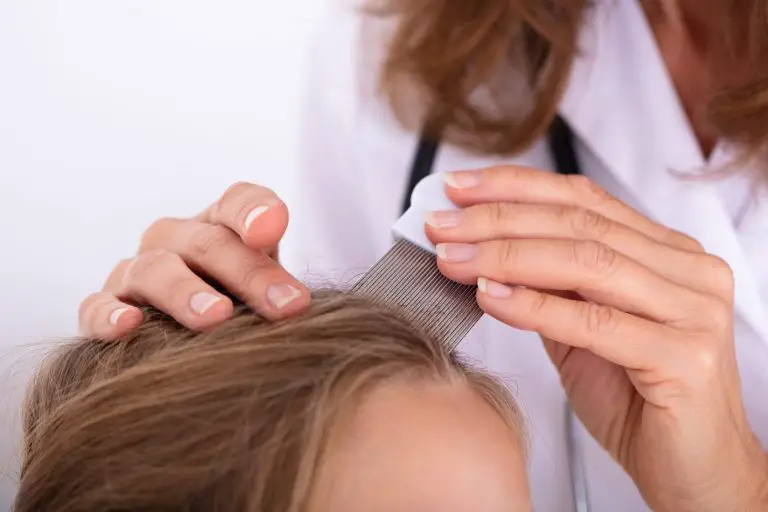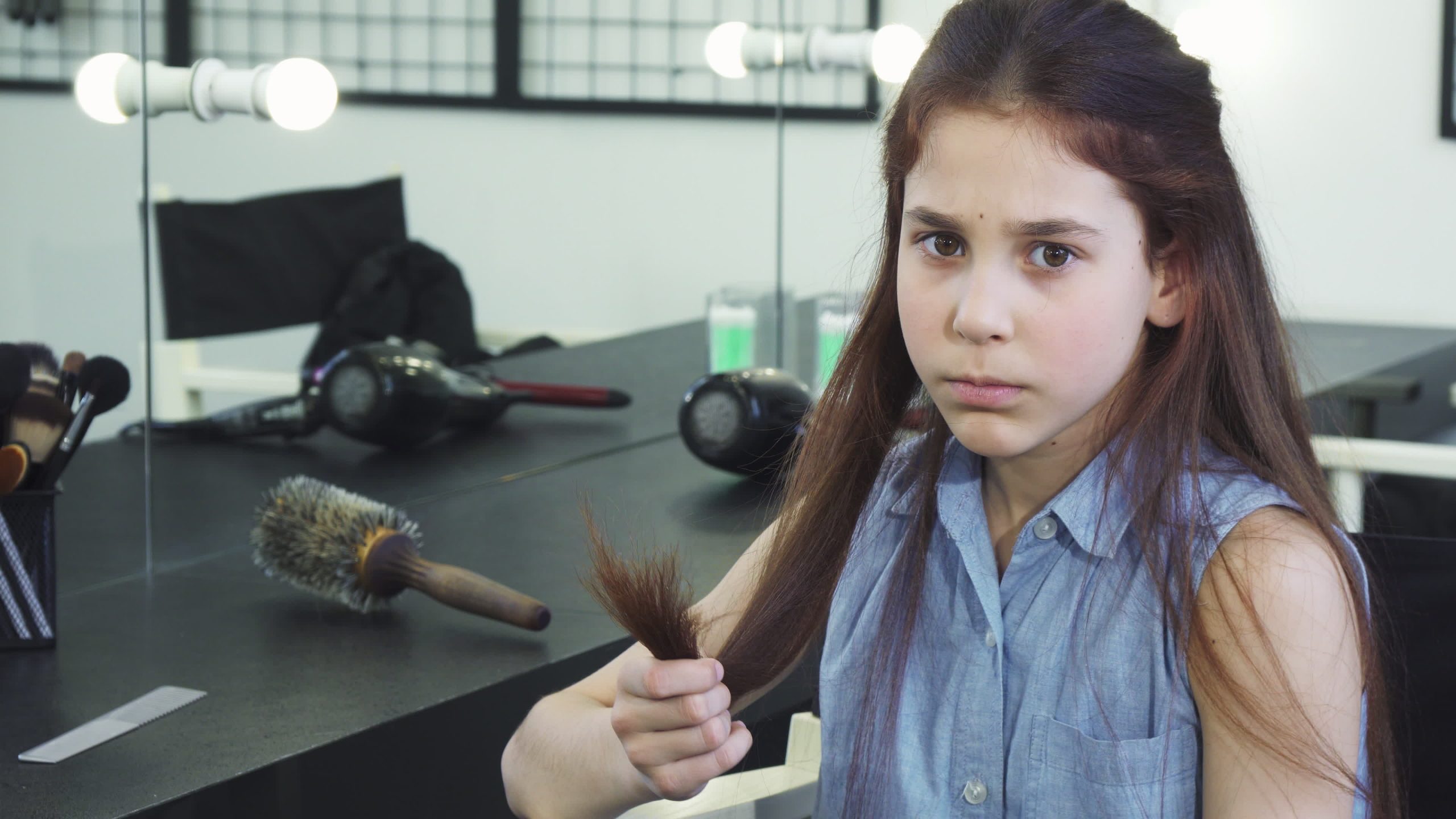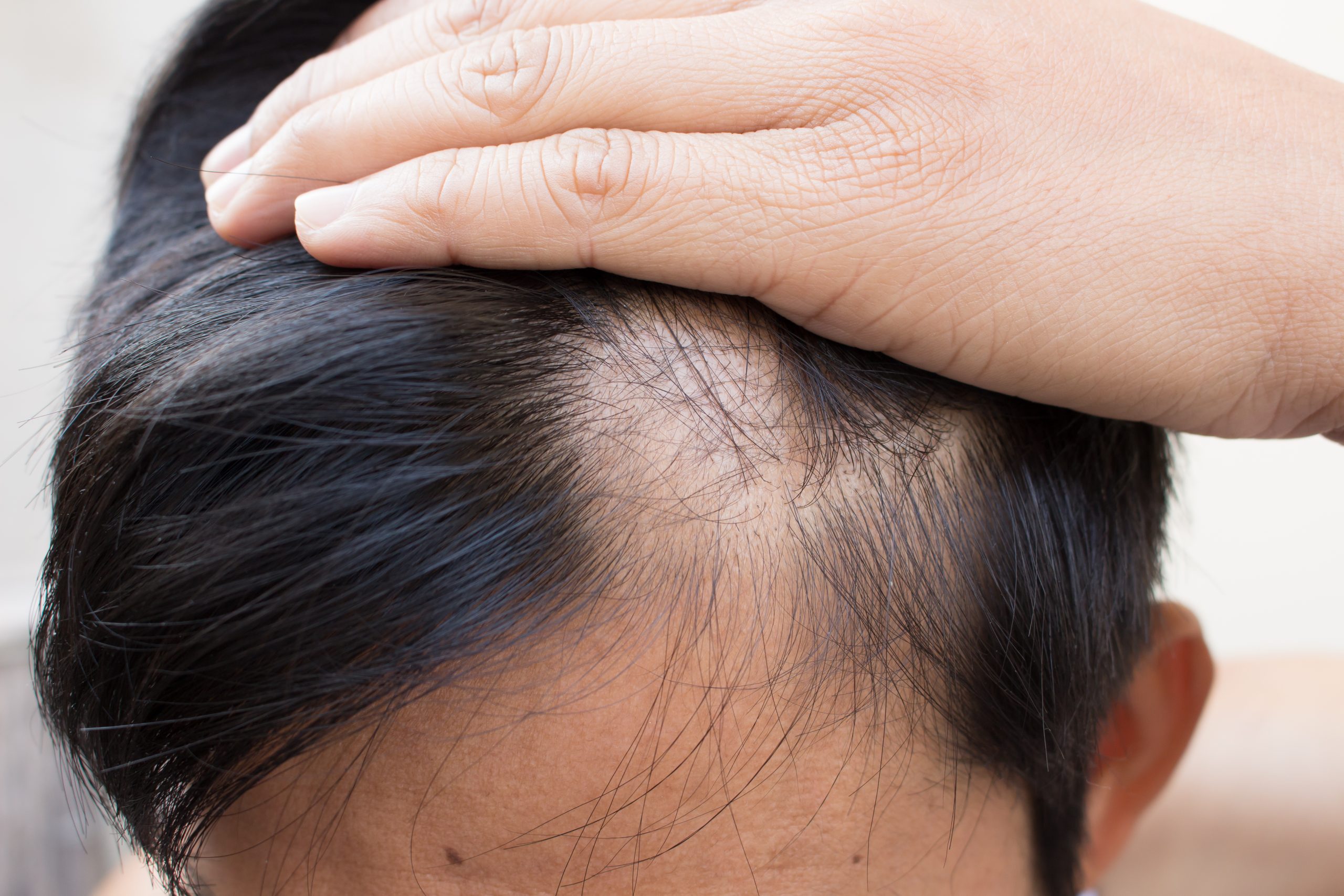
Page Contents
While hair loss in children isn’t common, it is possible. Because of this, most parents tend to freak out when they see hair loss in their children. The important thing is to understand what causes hair loss in children. It can be for different reasons than adults.
In most instances, hair loss in children is usually the a result of a scalp disorder.
Hair loss in children isn’t normally life-threatening. Though, it can lead to severe emotional distress in both the children and parents. It’s essential to know why it’s happening.
What can cause hair loss in children?
Hair loss in children is usually the result of an infection or scalp problem. However, there other causes.
Tinea capitis
Tinea capitis is a scalp infection, and because kids share personal items like combs and hats, this can lead to problems. The condition is caused by fungus, and can be referred to as ringworm of the scalp.
Most children develop patches with black dots that can be seen in areas where the hair breaks off. This might be accompanied by redness, and may appear bumpy and scaly. Another possible symptom to watch for is swollen glands and a fever.
A dermatologist will check the scalp of your child. Although, in some instances, they’ll scrape off a piece of the affected skin for a lab diagnosis to be certain.
Treatment
The treatment of Tinea capitis is usually an anti-fungal shampoo and medication, and is used over a period of time. Your doctor will specify the time to use this. Treating the condition early helps avoid spreading the condition to other children.
Alopecia areata
Alopecia areata isn’t an infection like Tinea capitis. Alopecia areata is an auto-immune condition. This means hair loss occurs because the body cells are attacking the hair follicles.
According to current statistics, about 1 in 1000 children around the world have one of the types of of hair loss:
- Alopecia Areata: In this type, there are bald patches on the scalp.
- Alopecia totalis: In this type, your child’s hair falls off.
- Alopecia universalis: This type occurs when all the hair on the body falls off. And, it leaves a child totally hairless.
Diagnosing Alopecia can be done thorough an examination of the scalp. The doctor might also remove a few strands of hair to check under a microscope.
Treatment
Currently, there’s not a treatment for Alopecia areata. However, there are other options such as corticosteroid creams, ointments, and lotions. When treated appropriately, most kids with alopecia areata grow their hair back within a year.

Trichotillomania
Trichotillomania can cause hair loss. It’s characterized as a form of obsessive-compulsive disorder. This is when kids pull their hair either consciously or subconsciously.
Most kids that have this condition often have patchy or broken hair, and in extreme cases, a child may eat the hair they pull. This creates large balls of undigested hair in their feces.
Treatment
Under normal circumstances, the pulled hair should grow back. However, cognitive-behavioral therapy can be used to help control the behavior and the emotions that trigger it.
Telogen effluvium
In the normal growth cycle of hair, there’s a phase where the hair stops growing. This period is referred to as Telogen, and normally only about 10-15 percent of the hair follicles are in the Telogen phase per time.
With Telogen effluvium, a higher amount of hair follicle go into the Telogen phase. Instead of losing only 100 hair daily, kids can lose up to 300 hairs, while this might not be noticeable until it begins to form bald patches on the scalp.
This is usually caused by extreme events like surgery or severe fever or injury and, in some instances, even emotional trauma.
Treatment
Telogen effluvium doesn’t require special treatment, and once the causative event has passed, the child’s hair should grow back normally. Though, full regrowth can take between six months to a year.
Nutritional deficiency
Good nutrition is vital to the proper growth of kids, even hair growth. That’s why it’s essential that children acquire all required vitamins and minerals, because with eating disorders, you may notice hair loss.
A deficiency in Iron, Niacin, Zinc, Biotin, protein, and amino acids can be a cause of hair loss, along with excess vitamin A.
Treatment
The treatment is getting back to an appropriate meal plan for your child. Ask your child’s doctor for advice.
Hypothyroidism
Hypothyroidism is a lack of thyroid hormone. The thyroid hormones actively control the body’s metabolism, while the deficiency can have significant effects.
Some of the symptoms of hypothyroidism include; weight gain, constipation, dry hair, hair loss, or tiredness.
Treatment
After taking thyroid hormones, the hair should grow back normally. It may take a few months for all the hair to regrow.
Related Reading
Chemotherapy
Chemotherapy can cause hair loss. Chemotherapy is for the treatment of rapidly dividing cells, which might include the cells present at the root of the hair.
Treatment
After Chemotherapy, the hair grows back.

Some Common Non-medical Causes of Hair Loss in Children
Newborn hair loss
Under normal circumstances, most children lose the hair they’re born with. This usually occurs in the first six weeks of life. This helps make way for mature hair to grow. There’s nothing to worry about.
Friction Hair Loss
Friction hair loss is from continually rubbing the head against surfaces. Some kids rub their heads against the floor, their mattress, or other materials. As children grow older, they get over the type of hair loss.
Chemicals
There are certain hair products that can damage the hair shaft. Some of these products may vary from dyes to bleaches. Choose hair products with gentle ingredients.
Blow-drying
The excess heat from blow-drying can lead to hair loss. Be sure to use the dryer on a low setting.
In all, several factors can cause hair loss in children. Knowing how to go about treatment largely depends on understanding what is causing the condition.
Be sure to check out the list of the top 3 best hair treatment for thinning hair.







